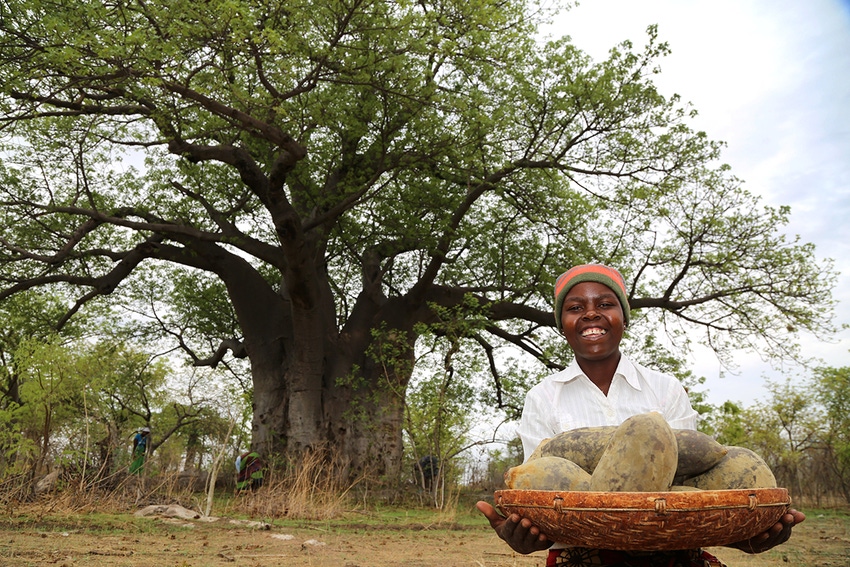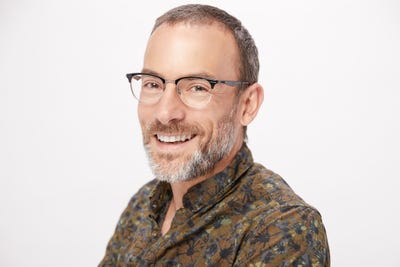Certification emerges to ensure the ethical and sustainable gather and trade of wild botanicals.
August 12, 2022

Most of us understand the importance of fairtrade and organic certifications. We may not know the exact details of how these credentials work—but ultimately, we know an organic stamp attests to the quality of farming process and a fair-trade stamp looks after the folks working on that farm.
But what about looking after plants harvested in nature? According to the American Botanical Council, two-third of the herbs in commerce come from the wild. Then there are gums, resins, fruits, nuts, mushrooms, and myriad other products that nature provides. How can we be sure they’re being gathered and traded in a sustainable way and that the populations collecting are receiving fair treatment?
In a (wild-harvested) nutshell, that sums up the mission of the FairWild Foundation.
The foundation was founded in 2008 but its roots go back to 2001, when a steering group of environmental organizations including The World Conservation Union and the World Wildlife Fund released the International Standard for Sustainable Wild Collection of Medicinal and Aromatic Plants (ISSC-MAP). The ISSC-MAP provided a fine blueprint for ecological preservation and social equity, but it needed to be implemented. Enter the FairWild Foundation.
“The genesis grew out of this concern for a specialist certification that brings together two quite unique propositions,” explains FairWild CEO Deborah Vorhies, “one being the environmental considerations in relation to wild-harvested plants. [The second] is what we'd call fair trade for communities that do wild collection.”
The certification touches several industries, including the supplement space, where it’s attracted participants including Banyan Botanicals, Gaia Herbs, Pukka Herbs and Traditional Medicinals.
“Because we believe that everything is interconnected and that preserving accessible botanical wellness goes beyond conservation, we prioritize the livelihoods of the people that cultivate and collect medicinal herbs,” says Traditional Medicinals Social Impact Manager Sarah Tanner. “FairWild is an internationally recognized way to insure we are able to validate our social and environmental commitment and hold ourselves accountable.”
“The certification ensures both the environmental sustainability of the herbs, as well as ensuring that traditional wild harvesters are receiving a fair price for these ingredients,” adds Alison Czeczuga, Director of Social Impact and Sustainability at Gaia Herbs. “We recognize that when we harvest plants from their natural habitat, this impacts the entire ecosystem, and we need to be conscious of these impacts, and we can’t do it alone!”
At first blush, combining ecological and social considerations seems like a difficult juggling act, since interests might conflict. In the case of wild harvesting, the two align perfectly, considering the harvesters are often indigenous people who have utilized the plants in question for survival or trade for generations. “These traditional communities evolved living next to a particular resource and using that resource evolved ways of doing it sustainably,” says Vorhies. “It’s in their best interest.”
Conservation, fair treatment mark FairWild Standard 2.0
When taking on a new participant, FairWild first makes sure they agree to the FairWild Standard 2.0, which evolved from the ISSC-MAP. It includes a set of principles touching on conservation, social aspects, and treatment of workers. If everyone is on the same page, that’s when “the rubber hits the road,” as Vorhies puts it.
FairWild then determines exactly what the participant needs. “There's a huge difference as to how a thing is harvested,” she explains, “Are you just picking leaves? Are you taking branches? Are you taking the thing up by the root, as you do with dandelion root? That’s very different to tapping for frankincense resin, for example.”
After that, the participant is connected with a controlling organization best suited for them, such as ECOCERT or CERES, for an audit working from the FairWild Standard.
In order to hone down such a large task, FairWild keeps projects “location specific” as often as possible, focusing on the exact geographic location where harvesting occurs. From there, the auditors “do a resource assessment and a risk assessment,” says Vorhies. “We look at how secure the species in that location is and what its offtake can be. Social conditions also get audited.”
At this writing FairWild works with 49 participating companies that include operators, traders, processors, manufacturers, and marketers of finished products. Vorhies was brought on in February of this year to grow that number and bring on more business-to-consumer participants.
“We don't have a huge presence in the B2C level. We need to get that little label out much, much more,” Vorhies admits candidly. “We need to work with industry groups more effectively, work with big companies that operate across the supply chain.”
In any case, we expect to should see more of the “little label” soon, if the enthusiasm of their current participants is any indication. “Wild harvesting has traditionally not been the most transparent practice,” claims Czeczuga. “FairWild has really enabled us to go deeper into the transparency of ingredients.”
About the Author(s)
You May Also Like




